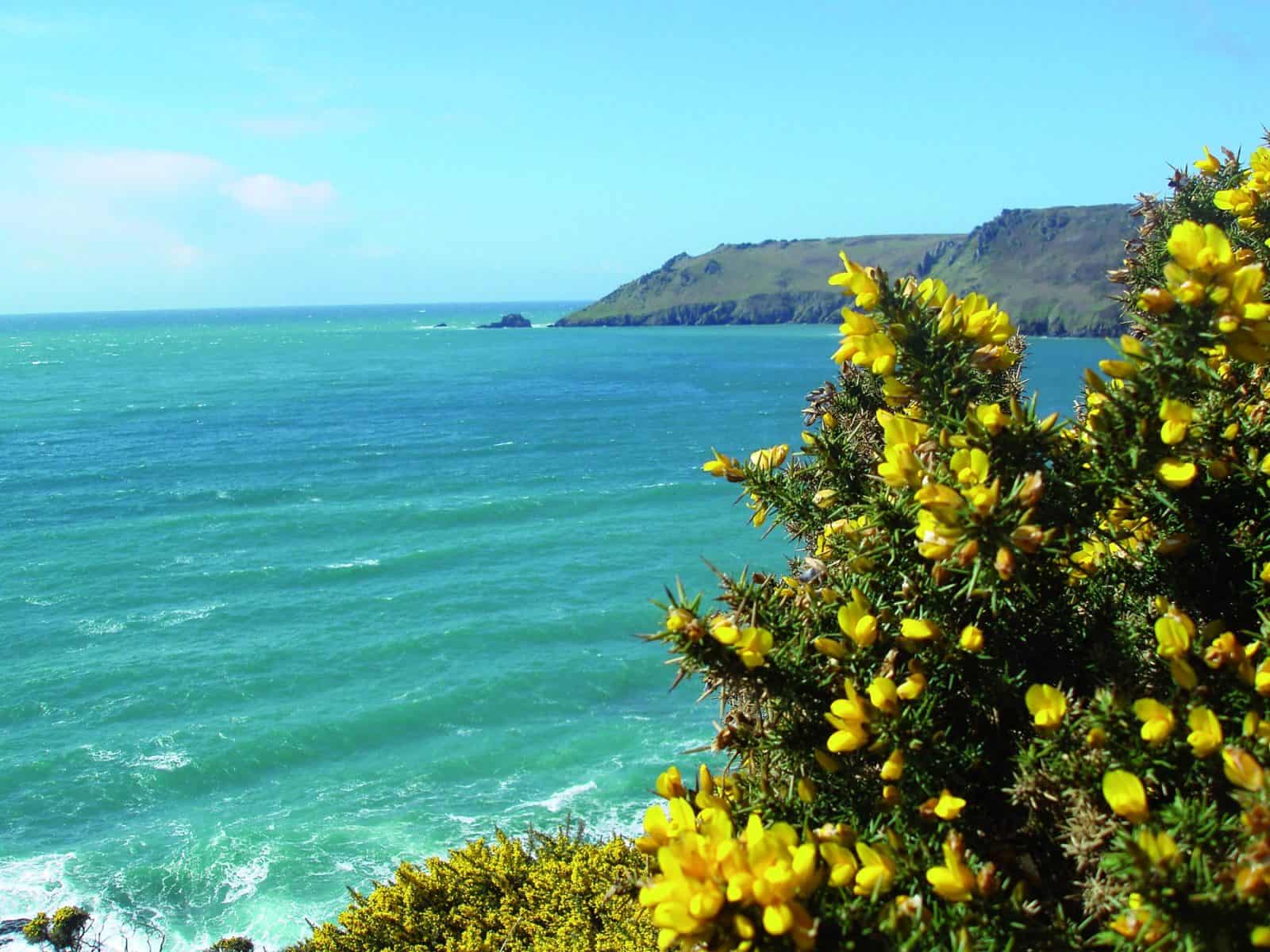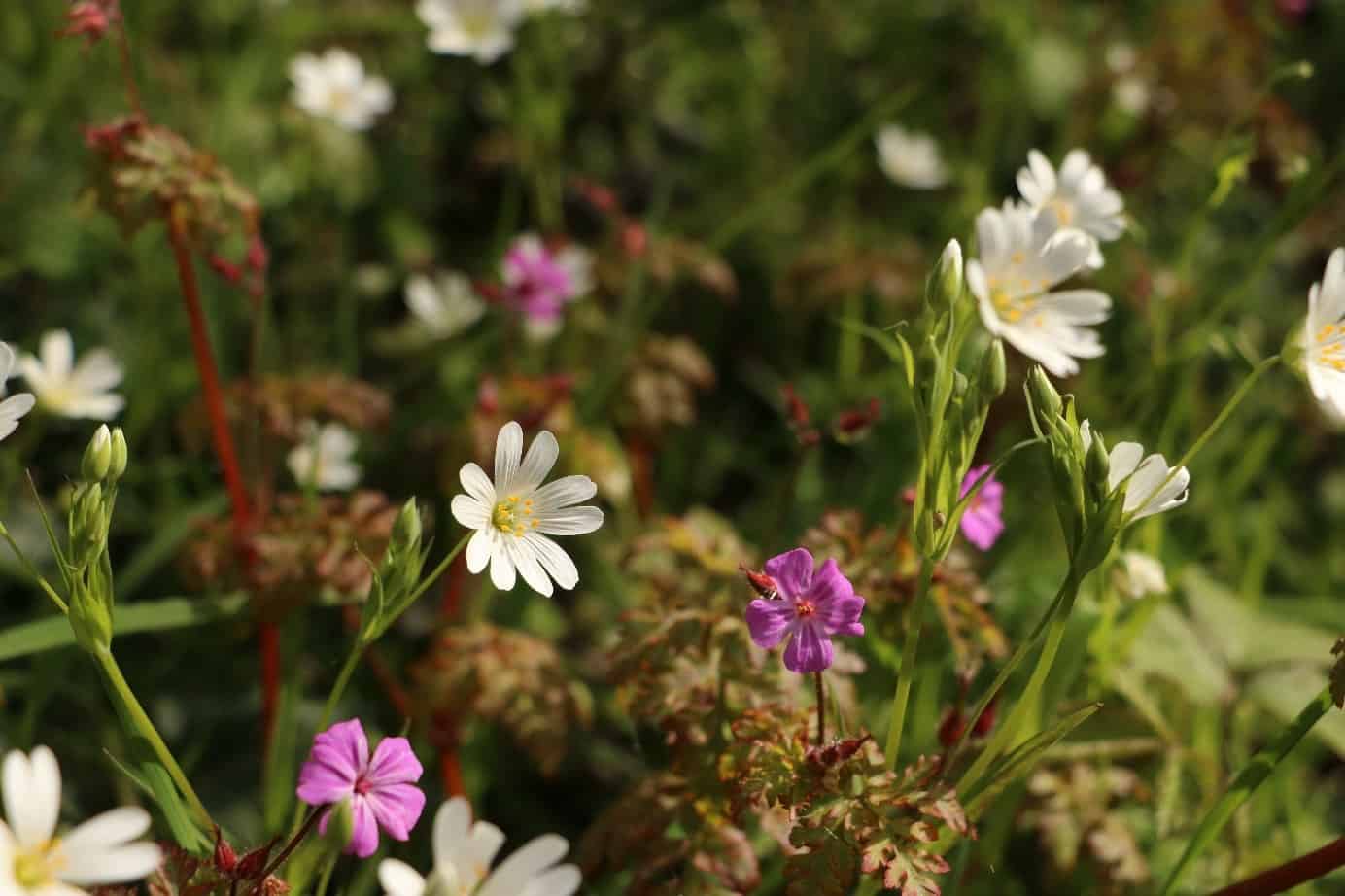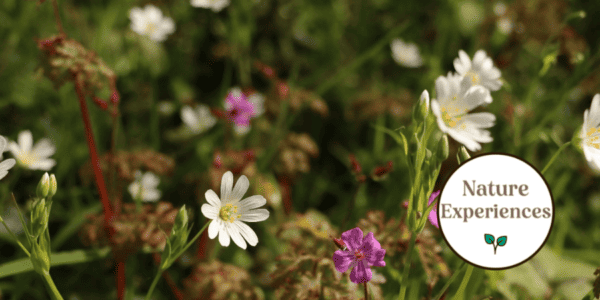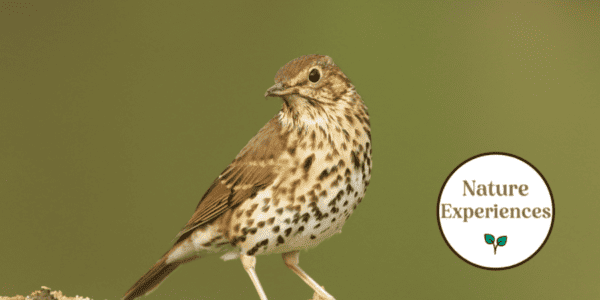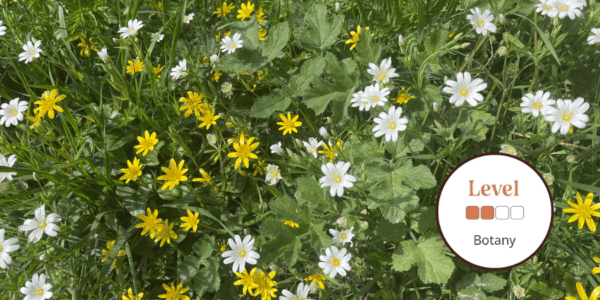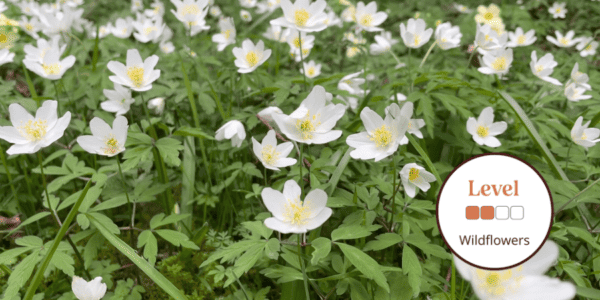This wildflower identification in South Devon course is suitable for beginners as well as those who already know many plants. It’s also useful for those who seek help in learning identification skills. South Devon is a great location for the botanist to explore.
Read more
South Devon is renowned for its deep flowery hedge-banks in spring and its dramatic coastline with its steep cliffs and secluded bays, its limestone promontories and long shingle beaches. Add to this the contrasting flora of the culm pastures further inland and the swamps, fens, floating islands and wet woodlands of Slapton Ley Nature Reserve and we have a wonderful range of habitats and a fabulous variety of plant species.
Some time will be spent in the classroom but we shall spend as much time as possible exploring the plants of the wonderful Devon countryside. The course is designed to help you identify plants in a glorious setting. This will require close examination of the flowers which provide the major big clues to the identity of any plant, but other features are also very useful to determine precise identification. We shall approach this in a systematic way using reliable methods that should stand you in good stead and give you confidence to pursue the subject further. Plenty of help and guidance will be available.
The daily excursions will involve some steep uphill and downhill walking but the pace will seldom be strenuous.
As you can imagine, Devon can be glorious on a fine day in July (but be armed with sun cream etc.) However, if the weather is poor, the coast can be exposed to the worst. You should be prepared with water and windproof clothing (available for hire from the centre). Rain will not stop play but we are likely to return to Slapton earlier than planned and spend more time studying the plants in the classroom. Strong winds may dictate changes to the programme – cliff tops and woodlands are not the safest places to be under such conditions.
Please note: This course is not part of the Biodiversity learning framework, this course is organised by Slapton Ley and the tutor.
About the tutor
Ros Bennett is a botanist and ecologist. She was formerly a full-time tutor at Flatford Mill – another Field Studies Council location – and then organiser and leader of courses for FSC Overseas. She has written books on flowers and teaches courses on plant identification to both amateurs and professionals, and she is passionate about thistles.
Explore our range of nature courses hosted by our engaging tutors and learn from their expertise and knowledge. Our nature experiences are a chance to meet like-minded people, a chance to unwind from everyday life, and a great opportunity to experience the UK’s glorious wildlife and the surrounding countryside of our field centres.
Example Timetable
Resident participants are requested to arrive for registration by 17.00 on arrival day.
Non-residents can arrive 10/15 mins before the evening meal.
There will be an introductory talk at 17.00. The course will begin after supper.
Supper is usually at 18.30. A non-resident booking also includes dinner during your course as teaching does progress into the evening.
Breakfast, for resident participants, will be from 8:00am.
The course will end on Friday at 16.00. On the final day please vacate your room by 09.00, storage is provided for your luggage
What's Included
Full board accommodation and picnic lunch is available for resident bookings only.
Refreshments are included for all, but non-resident bookings are advised to bring lunch with you.
Before You Attend
What to Bring
As the course involves field visits you will need a Thermos, lunchbox, waterproof clothing (available on loan from the centre) and stout shoes or boots.
Also, please bring the following with you if you can:
- A x10 magnification hand lens (available on the course, £8.75)
- Two pairs of fine pointed forceps and/or two mounted needles
Recommended Reading
It is not necessary to purchase any books before the course or to bring any with you. However you might like to have with you, a picture book that arranges its flowers in family order such as one or other of the first three listed below
- The Wild Flower Key by Rose and O’Reilley (Warne)
- The Wild Flowers of Britain and Ireland by Fitter, Fitter and Blamey (Bloomsbury Natural History)
- Collins Flower Guide by Streeter (Harper Collins)
- New Flora of the British Isles by Stace (CUP ideally 4th edit)

